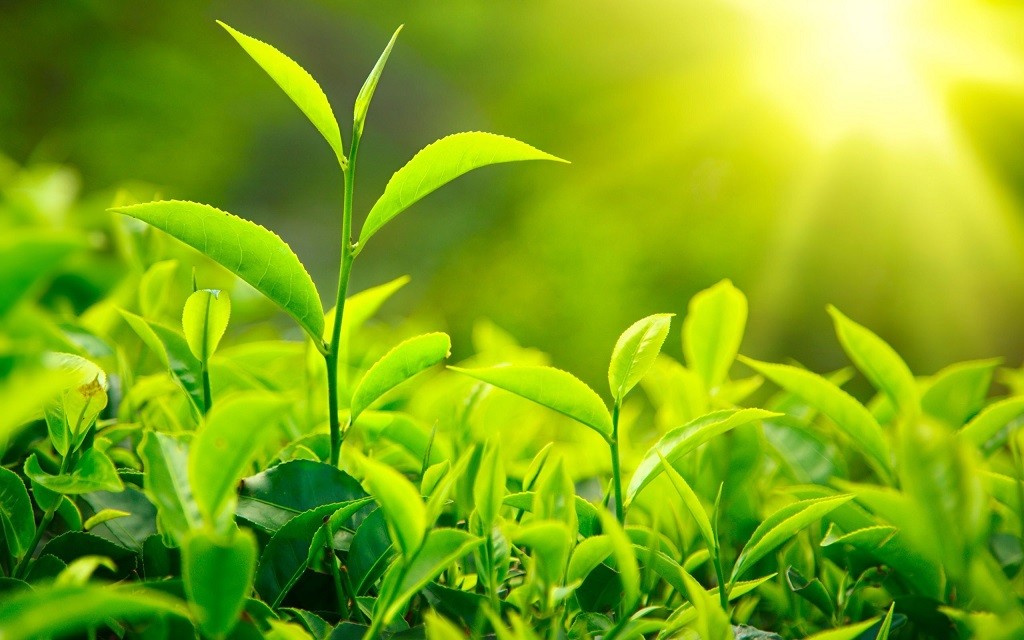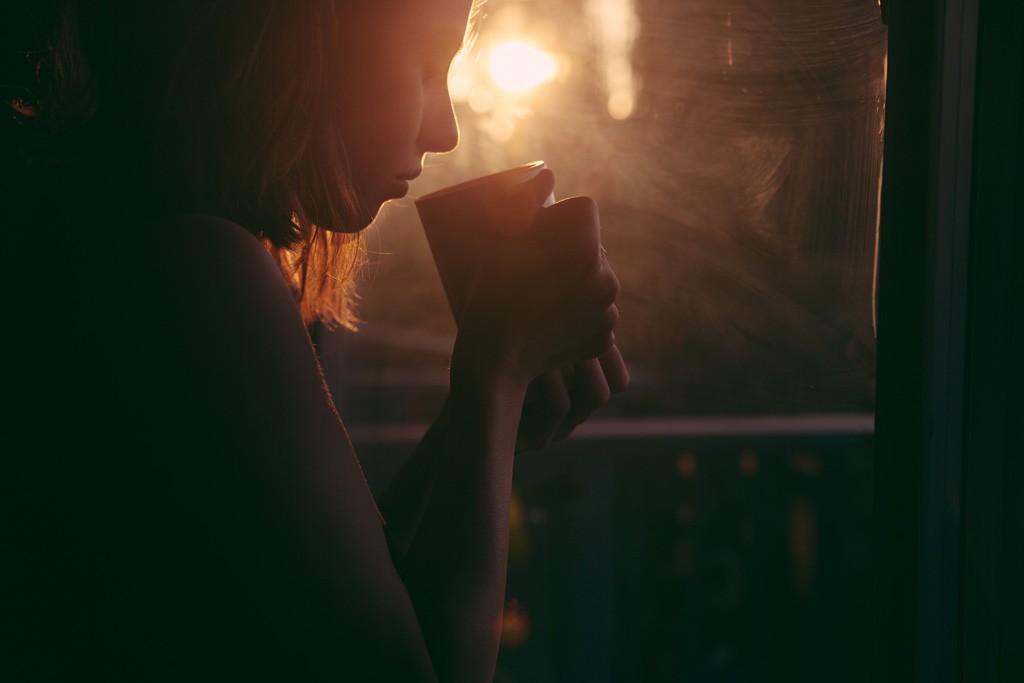Herbal treatments are gaining popularity by those who want more natural, organic answers to their health and wellness problems. Why trust in man-made, artificial, chemical-filled products, when you can use a more pure herb directly from Mother Nature? Here is what you need to know when comparing two very popular herbal tea products: Genmaicha and Matcha.
Traditional Japanese Tea Ceremony

A great feature of herbal Asian supplements is that many have been used for millennia. These aren’t brand new, Western remedies that have a limited numbers of scientific studies documenting the advantages and disadvantages of the products. Asians have already tested and perfected the best green tea varieties.
Before “British Tea Time” there was the “Japanese Tea Ceremony.” The Japanese Tea Ceremony has been using high-quality “Matcha” Green Tea since the 12th Century. The ceremony goal is to achieve the total physical, spiritual and emotional well-being of all participants. Specific tea types, utensils, preparation methods, flooring and hanging scrolls have been established to ensure that the ritual is ultimately successful.
If a tea is named by the grand master of the ceremony, then it becomes the master’s favorite blend (or konomi). Some Westerners turn to yoga and acupuncture to try to recreate the balance that Asia teaches in its tea ceremonies (even Zen Buddhists have their own ritual). The Japanese Tea Ceremony has the following 5 ways (Chado): Harmony, Respect, Purity, Tranquility and Beauty.
1. Harmony

Harmony (Wa) will try to reflect the balance of the eco-system by creating an environment matching native flora.
2. Respect

Respect (Kei) removes class, status and wealth from the participants requiring all to crawl through the tiny Nijiriguchi entrance to reach the tea room. All will kneel down and bow to the hanging scroll.
3. Purity

Purity (Sei) is similar to the health spa where you can refresh, re-vitalize and cleanse your body and soul. The grand master of the ceremony must have a pure heart.
4. Tranquility

Tranquility (Jaku) is established when you are synchronized with your environment.
5. Beauty

Beauty (Wabi) is based on the raw, rustic, unadorned, unfinished appearance of the room mirroring Mother Nature.
What is Matcha?

The Asian tea bush (camellia sinensis) has provided the staple beverage for Asian society. Matcha is the superior, processed, finely-ground, culinary-grade blend of the green tea leaf that meets the high standards of the Japanese Tea Ceremony. The process – for turning the green leaf into the high-quality Matcha powder – could take more than a month.
A key element of Matcha tea leaf growth is keeping the bush in well-shaded conditions. A couple of weeks before harvesting, the tea bush will be covered to hide it from direct sunlight. This increases chlorophyll, which turns the tea leaves a darker green. It is similar to slowly simmering a turkey for Thanksgiving; this creating more “amino acid juices.”
The tea leaf preparation process removes the stems and veins, grinding the remaining greenery into fine powder called Matcha. This herb powder’s quality is determined by the following elements:
- Soil
- Processing
- Stone Grinding
- Oxidation
- Leaf Location
The top leaves on the tea bush are the most soft. The ideal is to achieve a finely-ground, pure green powder with a deeper, sweeter flavor. Match can be either thick (koicha) or thin (usucha).
What is Genmaicha?

The prefix of “Gen” means “unpolished” or “raw” in the Gen Maicha tea name. This is a blend of lower-quality tea leaves (also called “bancha.”) These lower grade tea leaves are boiled with brown rice for about 30 seconds – some of the rice “pops” like popcorn. This is where the blend gets its nickname of “popcorn tea” or the “people’s tea.”
The resulting product has a more yellowish-color and mild, grassy, roasted nutty rice aroma to it. “Matcha-iri-Genmaicha” is a combination of the two blends.
Health Benefits
Both of these tea leaf products have similar health benefits due to the following common ingredients: caffeine, L-Theanine, catechins and EGCG (epigallocathechin gallate). Matcha might be better for waking up morning tea, Genmaicha might be better for afternoon tea.
Caffeine is a natural stimulant increasing alpha brain waves. Caffeine can improve your mood, problem-solving skills and reaction time. This more natural caffeine version avoids the traditional crash of artificial versions.
L-Theanine is an amino acid, which can improve brain calculations, lower anxiety, assist with sleeping (by working on your brain’s serotonin levels) and boost immune systems. L-Theanine may also work in concert with caffeine to improve brain function.
Catechins, also known as (flavan-3-ols), are antioxidants, which might assist with blood flow, tooth health and breaking up LDL cholesterol to reduce cardiovascular disease risk.
EGCG is another powerful anti-oxidant, which can bind free radicals.
The two tea products differ primarily on flavor, color and quality: Matcha (white collar tea) is more refined and bitter, Genmaicha (blue collar tea) is more nutty and pungent.
Do you have a preference between Matcha and Genmaicha? Let us know in the comment section below.



I love both teas so much, but I do think genmaicha feels more substantive because of the roasted rice flavors. Great article; thank you!
Hi Taylor. It all boils down to preference. For me it deeps on my mood. The roasted brown rice in Genmaicha reminds me of popcorn! I like to brew a good cup and watch a movie. But, there are moods for matcha as well! From rainy days when you need to curl up and relax to those sunny afternoons when you want that boost of energy, for me, matcha has me covered! 🙂
Matcha relaxes you??? It contains even more caffeine than coffee. Lol
Pingback: 3 Rules to Create the Perfect Cup of Green Tea in Yanaka Ginza, Japan | ONE GREEN BICYCLE | Japan for travel and missions
There is a major mistake you made in text. Caffeine doesn’t promote alpha brain waves. Caffeine itself promotes beta waves. Which are responsible for being wide awake and alert, too much beta waves lead to anxiety and racing thought. That’s why coffee can give you jitters. On the other hand, tea promotes alpha brain waves. Theanine is responsible for it. Not caffeine. Alpha brain waves are responsible for being calm yet focused. Tranquil state of mindfullness.